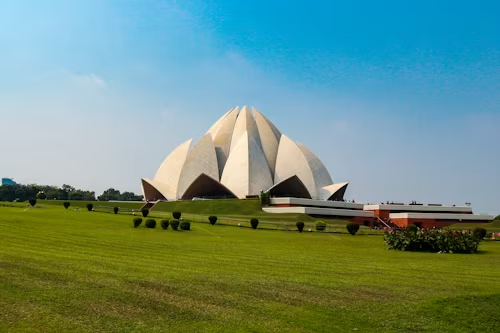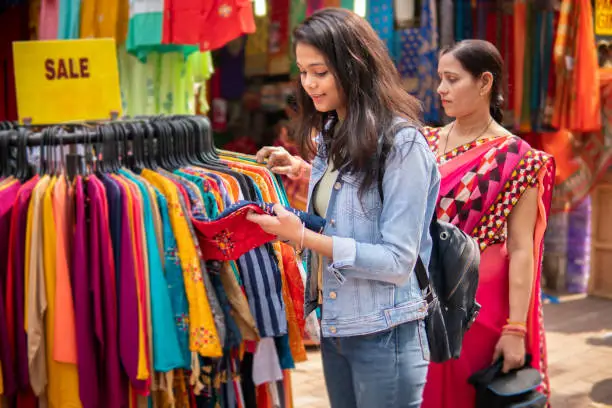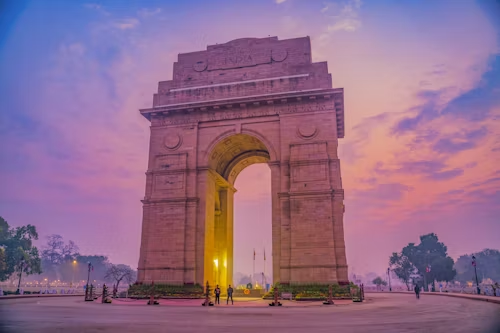Exploring Delhi: A Complete Travel Guide for First-Time Visitors
My first day in Delhi was a sensory whirlwind. Stepping off the plane into Indira Gandhi International Airport, I was greeted by honking rickshaws, vibrant street markets, and the irresistible aroma of sizzling parathas in Chandni Chowk.
The chaos was overwhelming, yet enchanting—Delhi felt like no other city I’d ever experienced. Most travel guides list Delhi’s famous monuments but miss its beating heart. They tell you to visit the Red Fort or Qutub Minar without explaining how to navigate the city’s frenetic energy or uncover its hidden gems. Without a plan, you’re left lost in crowds or overpaying for a rickshaw ride.

This guide shares five actionable ways to explore Delhi like a local, blending its ancient history, spiritual depth, bustling markets, and modern vibe. Let’s dive into the soul of India’s capital.
Delhi is a city where 5,000 years of history collide with modern ambition. As India’s capital, it’s a cultural mosaic with over 31 million residents, making it the country’s largest city. Hindi and English are widely spoken, so communication is rarely an issue.
The best time to visit is October to March, when temperatures range from 60-85°F, avoiding the scorching summer heat or humid monsoons. Getting around is easy with the Delhi Metro’s affordable day pass (₹150), DTC buses (₹5-25), auto-rickshaws, or app-based cabs like Ola and Uber.
Stay vigilant in crowded areas to avoid pickpockets or scams like fake tour guides. Delhi’s allure lies in its diversity— Mughal-era forts, serene temples, trendy cafes, and chaotic bazaars.
Whether you’re a history buff, foodie, or adventure seeker, Delhi is the gateway to India’s Golden Triangle (Delhi-Agra-Jaipur) and a hub for unforgettable experiences.
1. Dive into Old Delhi’s Vibrant Chaos

Riding a rickshaw through Chandni Chowk’s narrow lanes, I dodged spice vendors and food stalls, feeling like I’d stepped into a 17th-century Mughal bazaar. Old Delhi’s crowded streets can overwhelm first-timers. Without a plan, you might miss its historic treasures or get caught in tourist traps. Many skip it, intimidated by the chaos.
Instead, embrace the madness with a guided walking tour. Start at the Red Fort, a UNESCO World Heritage Site built by Emperor Shah Jahan in 1638. Its red sandstone walls and intricate halls are a must-see (₹35 for Indians, ₹500 for foreigners, closed Mondays).
Next, visit Jama Masjid, India’s largest mosque, and climb its minaret for a panoramic view of Old Delhi (₹100 entry). End your tour with street food—savor parathas at Paranthe Wali Gali or kebabs at Karim’s, a legendary eatery since 1913. Book a local guide through Delhi Tourism or join an NGO-led walk to navigate safely.
Take the Delhi Metro’s Yellow Line to Chandni Chowk station and dress modestly for the mosque (robes available at the northern gate). This experience captures Delhi’s raw, historic energy.
2. Uncover Mughal Majesty at Qutub Minar and Humayun’s Tomb

Standing beneath the 73-meter Qutub Minar, I marveled at its intricate Koranic carvings, feeling transported to the 12th century. Delhi’s Mughal monuments are stunning but spread out, and public transport can be tricky for newcomers.
Many visitors miss the historical context behind these architectural wonders. Plan a half-day tour to Qutub Minar and Humayun’s Tomb, both UNESCO World Heritage Sites (₹30 for Indians, ₹500 for foreigners). Qutub Minar, started in 1202 by Qutb-ud-din Aibak, is a towering victory monument with detailed inscriptions.
Humayun’s Tomb, built in the 16th century, is a precursor to the Taj Mahal, with symmetrical gardens and red sandstone domes. Use the Delhi Metro’s Yellow Line to Qutub Minar station or hire an Ola/Uber for convenience. Join a guided tour to understand their historical significance, or visit early morning to avoid crowds and enjoy cooler weather.
For a bonus, explore the nearby Mehrauli Archaeological Park, a free site with ancient ruins. These landmarks showcase Delhi’s Mughal grandeur.
3. Find Peace at Delhi’s Spiritual Sites
At Gurudwara Bangla Sahib, I stood by its serene pool, golden domes gleaming, and joined devotees for a free langar meal—a humbling experience. Delhi’s spiritual sites are diverse, but their customs can feel intimidating to outsiders.

Many tourists stick to monuments, missing this cultural depth. Visit Gurudwara Bangla Sahib (free, open 24/7) for its healing pool and community kitchen serving thousands daily.
The Lotus Temple, a Bahá’í house of worship shaped like a lotus flower, welcomes all faiths (free, closed Mondays).
Akshardham Temple, a modern architectural marvel, stuns with its carvings and evening water show (free, closed Mondays).
Dress modestly and remove shoes at these sites.
Use the Delhi Metro’s Blue Line to reach Bangla Sahib (Rajiv Chowk station) or Lotus Temple (Kalkaji Mandir). Arrive before noon at Bangla Sahib to avoid long queues and enjoy the langar meal for a taste of Sikh hospitality.
These sanctuaries offer a peaceful escape from Delhi’s bustle.
4. Shop and Savor at Delhi’s Bustling Markets

At Dilli Haat, I haggled for a Rajasthani shawl while sipping mango lassi, surrounded by artisans from across India. Delhi’s markets are a sensory overload, and without insider tips, you might overpay or miss authentic finds. Budget travelers often avoid them, fearing scams. Start at Dilli Haat INA (₹20 entry, near INA metro) for handicrafts, regional food like momos or dosas, and cultural performances.
Bargain politely at Sarojini Nagar or Lajpat Nagar for affordable fashion—clothes start at ₹100. For upscale shopping, head to Khan Market or Hauz Khas Village, packed with boutiques and cafes. Carry small bills and secure belongings to avoid pickpocketing.
In Chandni Chowk, try street food like spicy chaat or sweet jalebi at Old Famous Jalebi Wala. Use Ola Auto for short hops within markets (₹10-50). These markets blend Delhi’s vibrant commerce with its culinary delights.
5. Experience Delhi’s Modern Vibe

Sipping coffee at a Hauz Khas Village rooftop cafe, I gazed at a 13th-century tomb—a surreal mix of old and new. Many travelers focus on Delhi’s history, missing its trendy, modern side. Navigating upscale areas without local knowledge can feel daunting.
Head to Hauz Khas Village for nightlife, art galleries, and cafes like Kunzum Travel Cafe, where you pay what you want for coffee. Connaught Place, with its colonial-era arches, offers shopping and restaurants like Farzi Cafe, known for innovative Indian cuisine. Use the Yellow Line metro to Hauz Khas or Rajiv Chowk stations.
For family-friendly fun, visit Delhi Zoo (₹40-200, near Pragati Maidan) or Adventure Island, a theme park with rides. Book a nightlife tour for safe clubbing, or catch a cultural event at India Habitat Centre or a street play in Connaught Place. This is Delhi’s contemporary pulse, alive with creativity.
Finally
Delhi’s modern vibe is more than cafes and clubs—it’s a city reinventing itself daily. By diving into Old Delhi’s chaos, marveling at Mughal monuments, finding peace in spiritual sites, shopping in vibrant markets, and embracing its trendy hubs, you’ll uncover the soul of India’s capital. Start with Hauz Khas Village tonight, and let Delhi’s energy pull you deeper.
